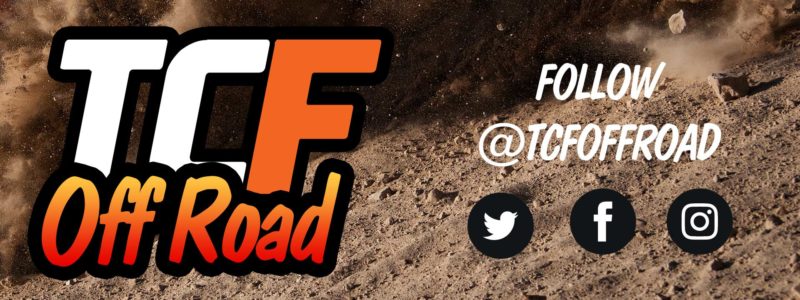Jeff Proctor got to go out a winner in November when he won his category at the SCORE International Baja 1000, but it is surely a bittersweet moment as ending his driving career stemmed from concussions he accumulated in off-road racing and other activities. Proctor has since started concussion treatment.
“Off road racing can put a considerable amount of strain on your neck and brain due to the nature of rough whoop sections,” Proctor wrote in a series of Instagram Stories detailing his treatment. “It’s been data recorded that our race trucks and bodies can see g-force loads of 1–5 g’s per whoop or g out.”
Proctor has overseen the Honda Off-Road Factory Racing Team since 2016. As a driver for the team’s Ridgeline programme, he won his class at the Baja 500 five times and has four Baja 1000 victories, the latter including back-to-back triumphs in 2021 and 2022. The Ridgeline competed in Class 7 but will be eligible for the Trophy Truck category in 2023 as Honda will introduce a “Gen 2” model with a TT platform. Ethan Ebert, who raced for Honda’s Talon division, replaces Proctor in the Ridgeline.
Despite his successes, Proctor started to develop head injuries over the past one-and-a-half years.
“Every year there are about 300,000 cases of traumatic brain injury (TBI) that occur in a sports and/or recreation setting. About 90 percent of sports-related TBIs are mild (MBTI) and may go unreported,” he wrote. “Concussions compound with each incident. Racing off road created 100’s of sub concussions with each whoop my brain experienced during a race. Since the first major concussion, each race, the recovery would get longer and longer. I would recover just in time to feel good enough to race. Then the process would start over. I was in denial that I had a TBI.
“These persistent symptoms [led] me to do research and find answers that neurologists aren’t equipped to treat or don’t want to treat. Even when these symptoms everyday can be life altering and debilitating.”
Head injuries have become a growing topic of discussion in sport, especially those with heavy contact like American football and ice hockey. However, awareness of concussions impacting racing has also grown in recent years. Dale Earnhardt Jr., a 2022 NASCAR Hall of Fame inductee, ended his full-time driving career in 2017 after suffering multiple concussions in the past five years. Earnhardt has commented he sustained over twenty concussions during his career, and intends to donate his brain for chronic traumatic encephalopathy (CTE) research upon his death.
The 2022 Cup season was also marred by regulars Kurt Busch and Alex Bowman suffering concussions in otherwise benign wrecks, triggering debate about the new Next Gen car’s safety. Busch has since retired from full-time competition while Bowman was able to return for the 2022 season finale after missing five races.
“Concussions aren’t just for football, lacrosse and hockey. Motorsport is finally starting to recognize concussions and take them serious,” Proctor continued. “@DaleJr was candid in his book about his symptoms and what lead to his retirement. He remains on the forefront of this concussion discussion in NASCAR.”

Proctor began his rehabilitation last Friday with brain scans. On Monday, he began visiting the Cognitive FX post concussion syndrome treatment clinic in Provo, Utah. In his routine, “[e]very morning starts with cardio at 70–75% or greater HR in 30sec intervals. Cardio increases blood flow to the brain and prepare’s it for the metal workouts throughout the day. Cardio is also designed to bring balance to the parasympathetic nervous system. Brain injury patients tend to be stuck on the sympathetic nervous system and need to bring it into balance. Active recovery is key but it can also be a challenge when you are dealing with constant fatigue.”
He also uses a Dynavision D2 stand, a board with buttons that light up and are pressed; the device is designed to improve a user’s motor skills. Other treatments include BWE (Brainwave Entrainment), cognitive therapy, EPIC (Enhanced Performanc in Cognition), NIT (Neuro-Integration Therapy), NMT (Neuromuscular Therapy), NSI (Neuro-Sensorimotor Therapy), OT (Occupational Therapy), and SMI (Sensory Motor Therapy).
“The brain is a complex organ,” said Proctor. “There are so many components to treatment and every brain injury is different.”




